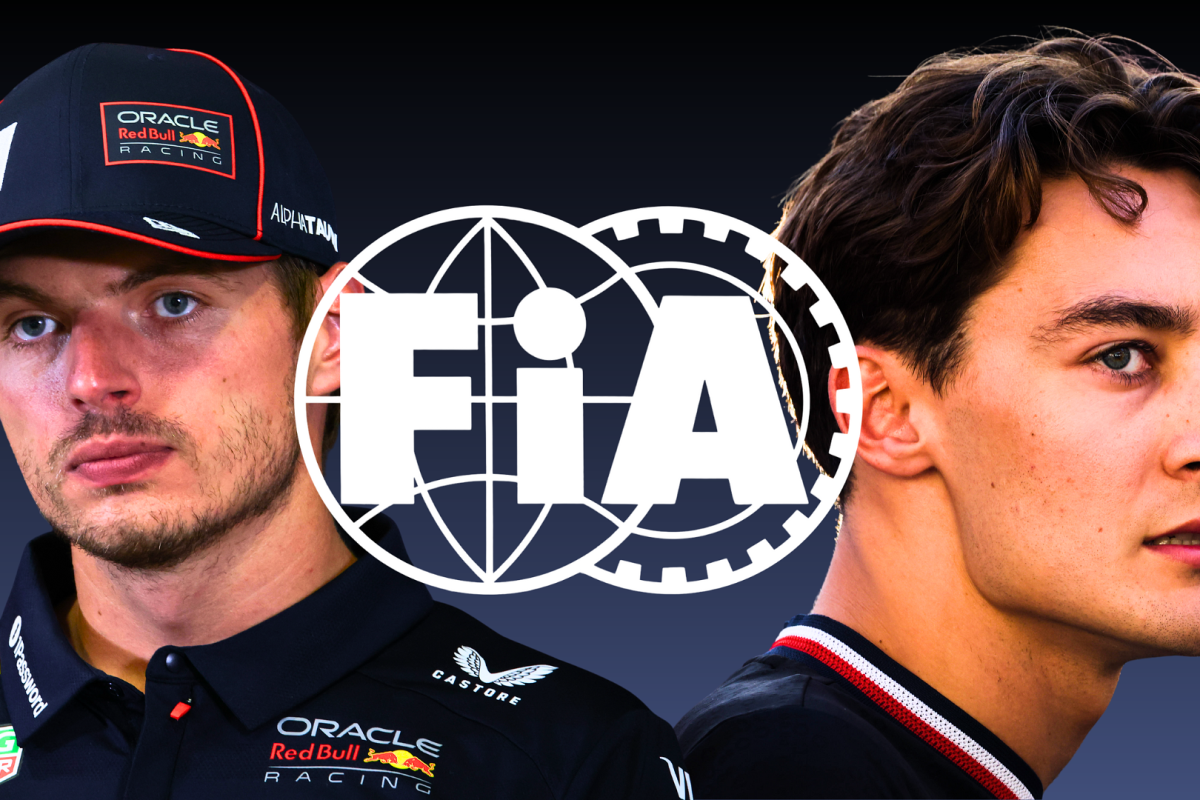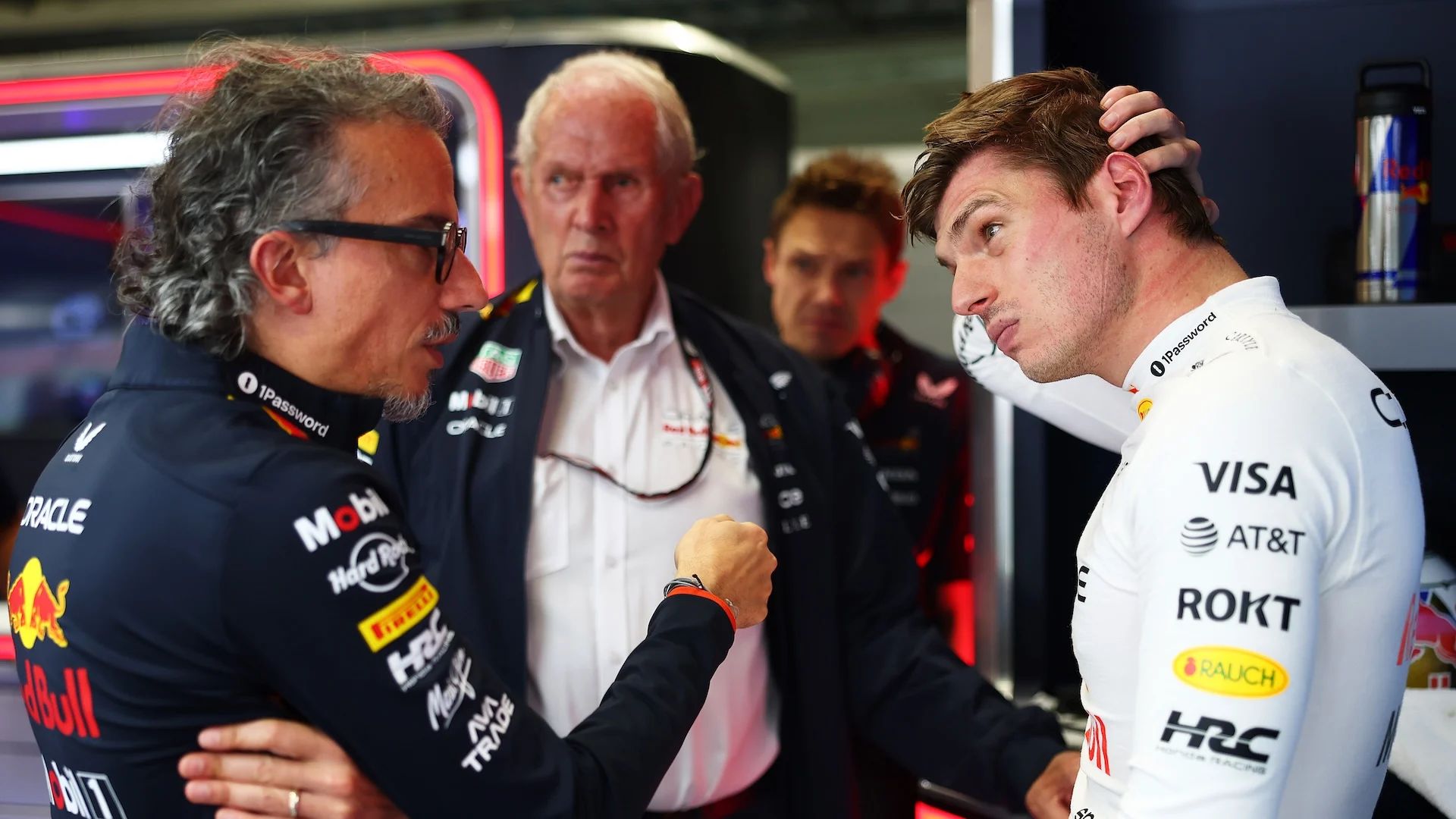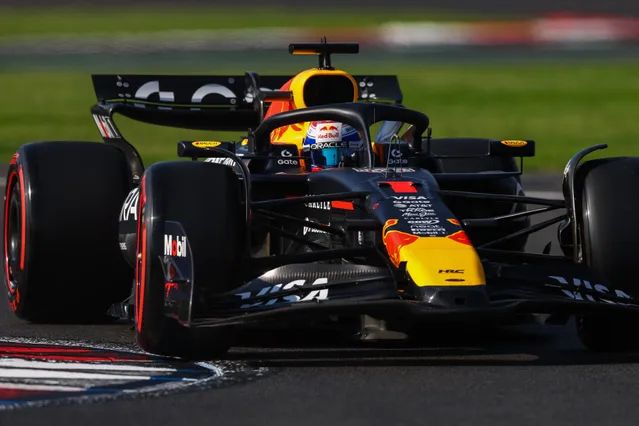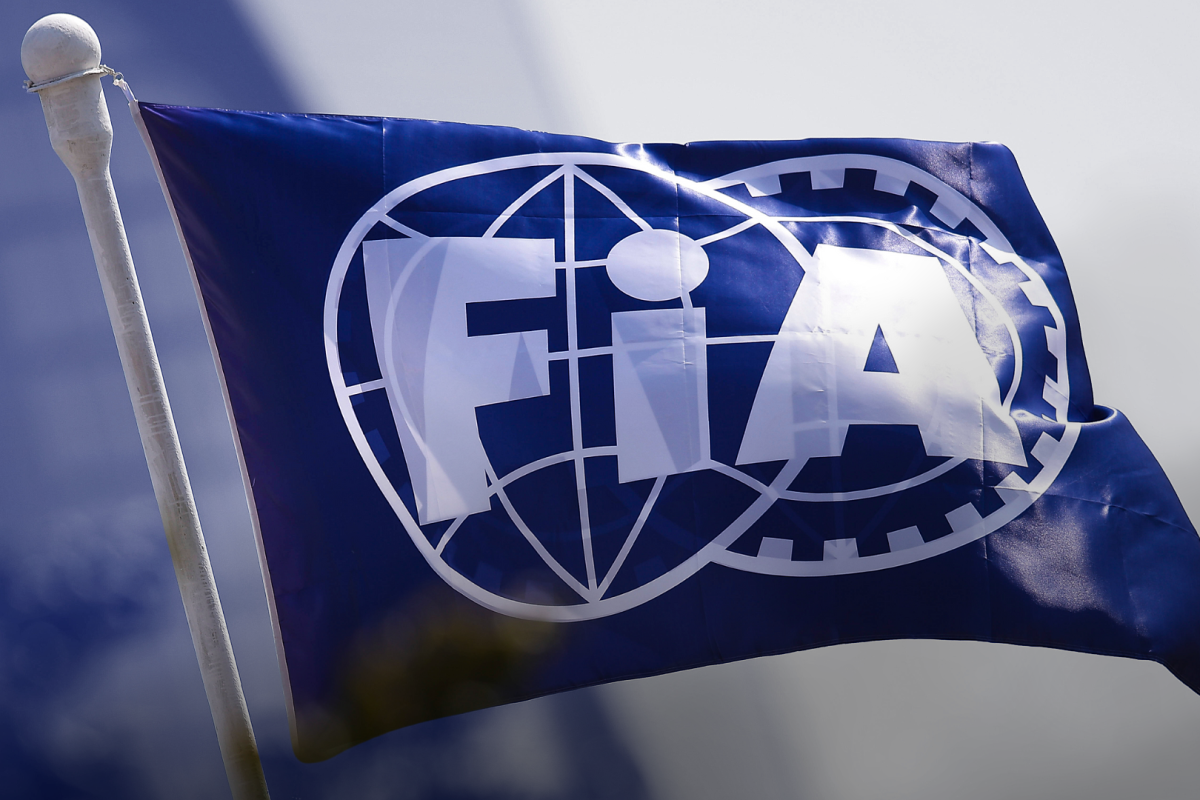FIA Penalizes Verstappen After Pitlane Collision with Antonelli at Miami GP Sprint Race
The 2025 Miami Grand Prix sprint race erupted in controversy after a dramatic and potentially pivotal pitlane collision between Red Bull Racing’s Max Verstappen and Mercedes junior driver Kimi Antonelli. The incident, which occurred during a high-pressure pit stop sequence, has drawn intense scrutiny from fans and officials alike, culminating in an FIA investigation and subsequent penalty for Verstappen.
The flashpoint came during the pit stop phase of the sprint race when Verstappen was released from his pit box into an already congested and narrow pitlane. Unfortunately, this release put him directly into the path of 17-year-old rookie Antonelli, leading to a collision that caused significant front wing damage to the Mercedes driver’s car. The resulting debris temporarily disrupted pitlane operations and raised serious questions about Red Bull’s pit strategy and execution.
Sky Sports F1’s Ted Kravitz, commenting live, described the incident as inevitable given the tight conditions and what appeared to be a miscalculation by the Red Bull crew. “You could see it coming a mile off,” Kravitz remarked. “Verstappen was released right into Antonelli’s path — it’s a clear unsafe release, and the rookie has paid the price.”
According to FIA regulations, all teams are obligated to ensure a safe release from the pit box, especially in such a confined environment. An “unsafe release” is a serious breach that can lead to various consequences, ranging from in-race time penalties to fines or even grid drops, depending on the severity and impact. In this case, the governing body launched a formal inquiry, reviewing video evidence, telemetry, and team radio to determine fault.
The incident proved particularly damaging for Antonelli, who had been showing strong form throughout the sprint weekend. After the collision, the young Italian was forced to limp back to the pits for an emergency front wing replacement, which effectively ended any realistic chance of scoring points. It was a harsh outcome for a driver still finding his footing in Formula 1 and trying to build momentum in his debut season.
Verstappen, meanwhile, continued racing with minimal damage and managed to finish the sprint, but the ramifications of the incident lingered. Though he wasn’t directly responsible for the pit release, the involvement of his car in the incident meant that he was not entirely exempt from the FIA’s disciplinary process. After a detailed review, the stewards confirmed that Red Bull had indeed committed an unsafe release, resulting in a time penalty for Verstappen.
The penalty may seem minor in isolation, but its implications could stretch further into the weekend and possibly beyond, especially given how close this season’s championship battle is shaping up to be. In a year where every point matters, even a five-second penalty or grid drop can prove decisive.
Reactions from the paddock were swift. Several F1 analysts and former drivers agreed that the blame lay squarely with Red Bull’s pitwall. “It’s pit stop basics,” one commentator noted. “You simply can’t release a car into another’s path. It endangers both drivers and disrupts the flow of the race.”
While Red Bull has not yet issued a formal statement, insiders report that the team is actively cooperating with the FIA and conducting its own internal review. Early indications suggest that a breakdown in communication between the lollipop man and the release engineer might have been at the heart of the issue, though some speculate a possible sensor misreading could have influenced the timing.
This controversy has reignited debate over pitlane safety, particularly during sprint race weekends when teams operate under tighter timelines and greater pressure. The sprint format, with its reduced session lengths and heightened emphasis on fast execution, often increases the likelihood of mistakes. Teams are now being urged to reassess how they manage pit releases in such high-stakes environments.
Antonelli’s misfortune highlights the vulnerability of rookie drivers navigating the complexities of F1. The teenager, who has been showing promise throughout the early part of the season, now faces the dual challenge of recovering physically and mentally from the crash, as well as regaining lost ground in the points race. Many within the paddock believe he has the potential to become a future race winner, but incidents like these underscore the harsh learning curve in top-tier motorsport.
As for Verstappen and Red Bull, the focus now shifts to damage control ahead of the main race. With the FIA confirming the starting grid and the penalty officially logged, the Dutch driver will need to push hard to make up any lost ground — both on the track and in the championship standings. The team’s reaction, both strategically and publicly, will be closely watched as they attempt to move past the controversy.
The Miami Grand Prix weekend, already filled with spectacle and tension, now carries an added layer of drama. With the FIA’s decision final and the teams moving forward, the spotlight remains fixed on Red Bull, Verstappen, and Antonelli — each representing different sides of a moment that may ultimately shape the narrative of the 2025 F1 season.



